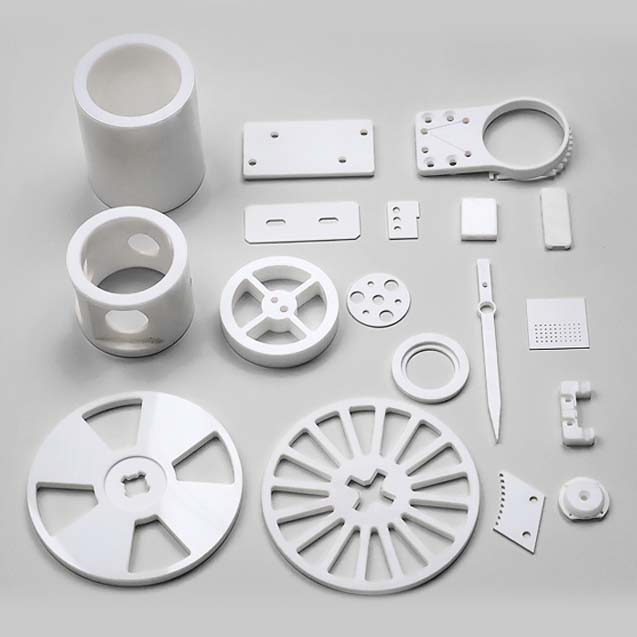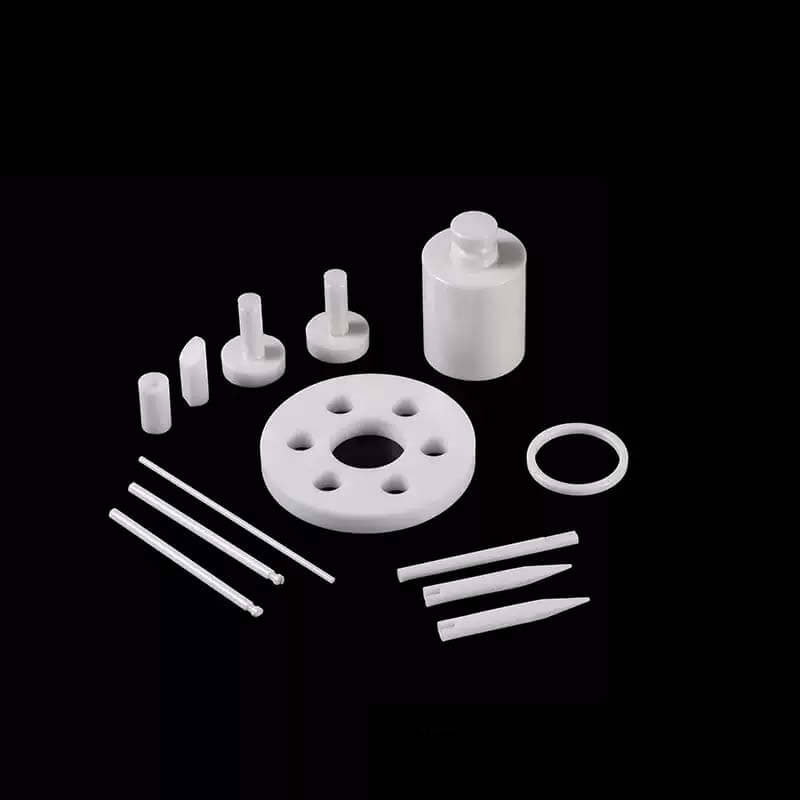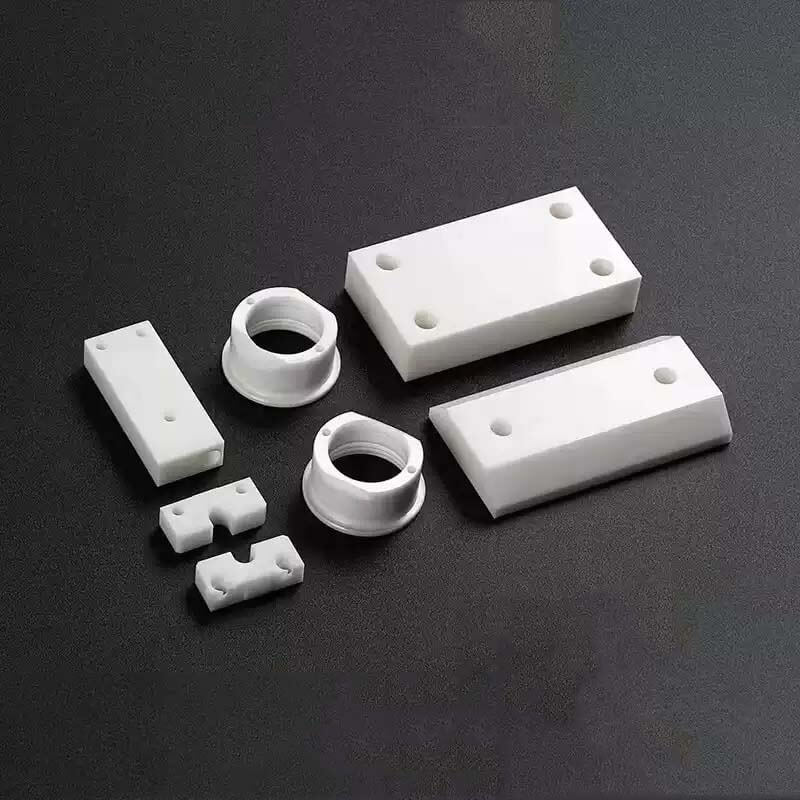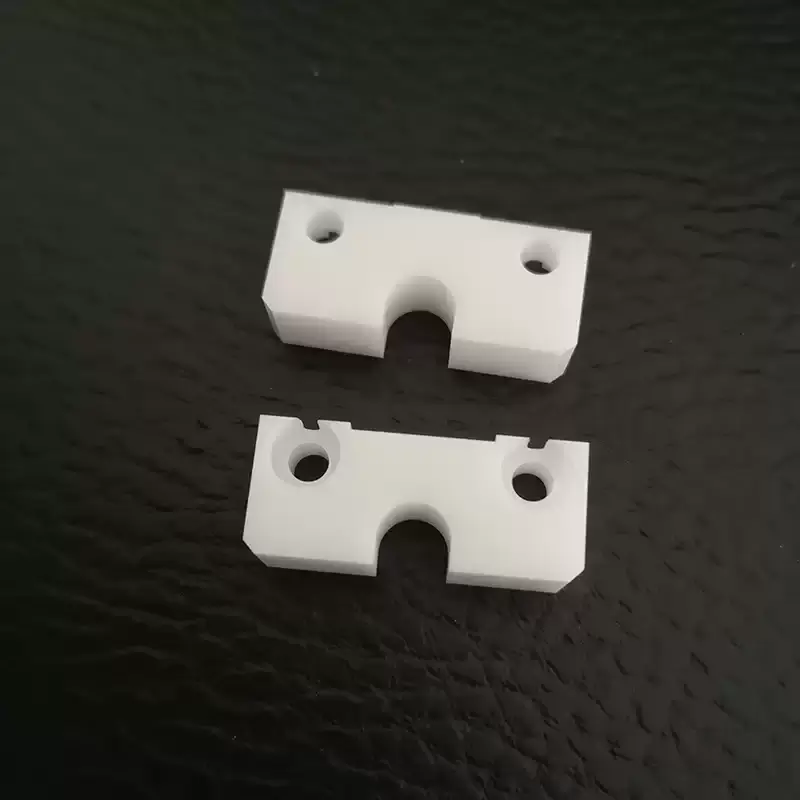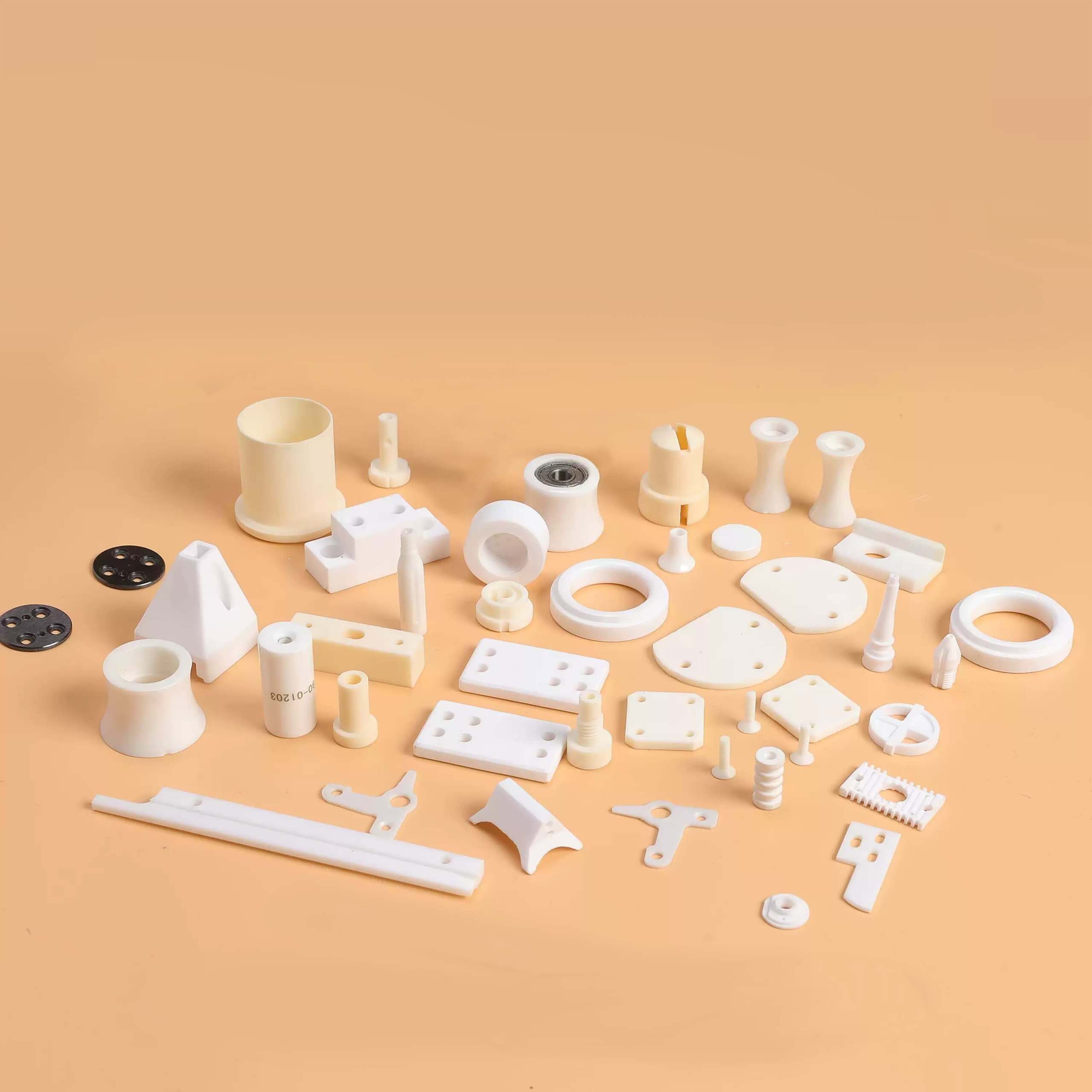Ceramic materials are known for their exceptional properties, such as high temperature resistance, hardness, and wear resistance, making them essential in industries like aerospace, electronics, healthcare, automotive, and energy. The role of ceramics in modern technology has become increasingly significant, especially in high-tech applications. This article introduces several common types of ceramic materials and explores their processing and manufacturing methods.
Basic Classification of Ceramic Materials
Ceramic materials can be classified based on their chemical composition and application characteristics. The main types include oxide ceramics, carbide ceramics, and nitride ceramics.
Oxide Ceramics:
- Alumina Ceramics: Alumina ceramics are the most common oxide ceramics, offering excellent hardness, wear resistance, and high-temperature performance. Due to their outstanding electrical insulation properties, they are widely used in electronic components, cutting tools, and medical devices.
- Titanium Oxide Ceramics (TiO₂): Titanium oxide ceramics possess exceptional corrosion resistance, thermal stability, and biocompatibility. They are commonly used in aerospace applications and medical devices, especially for implants.
Carbide Ceramics:
- Silicon Carbide Ceramics (SiC): Silicon carbide ceramics are known for their extreme hardness, wear resistance, high-temperature performance, and excellent thermal conductivity. They are widely used in cutting tools, wear-resistant components, and high-temperature applications, such as semiconductors and automotive industries.
Nitride Ceramics:
- Silicon Nitride Ceramics (Si₃N₄): Silicon nitride ceramics are characterized by their high strength, toughness, and excellent resistance to thermal shock. These materials are commonly used in turbine engines, high-performance mechanical components, and cutting tools.
Zirconia Ceramics (ZrO₂):
- Zirconia ceramics are known for their excellent fracture toughness, wear resistance, and high-temperature stability. They are used in applications such as dental implants, oxygen sensors, and advanced refractory materials.


